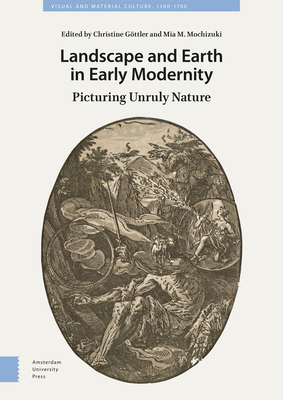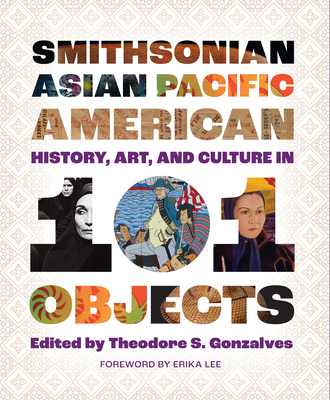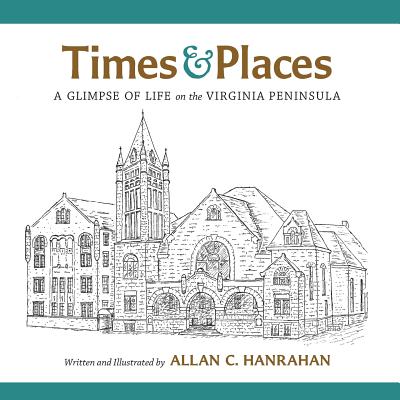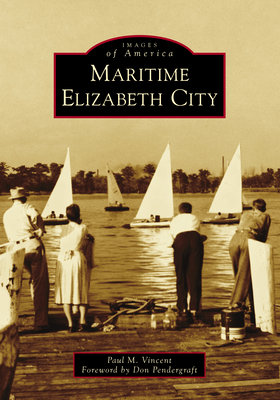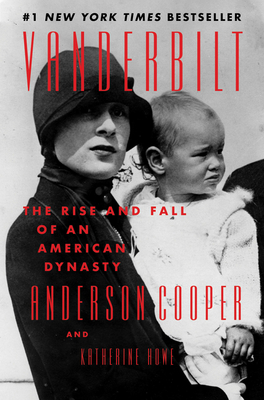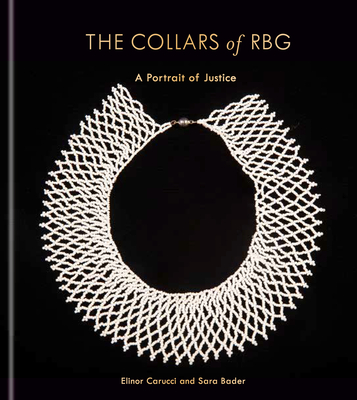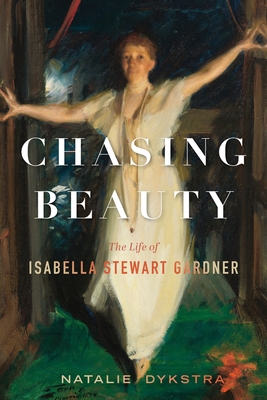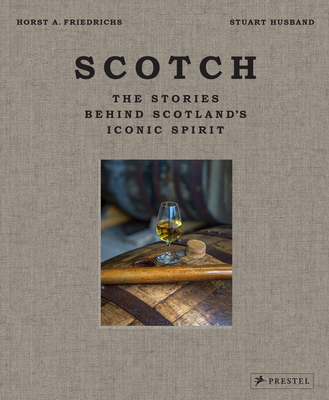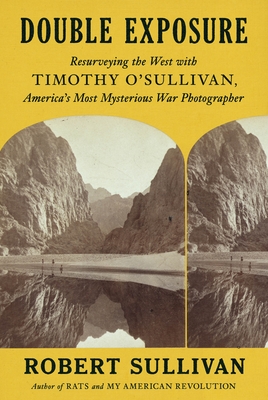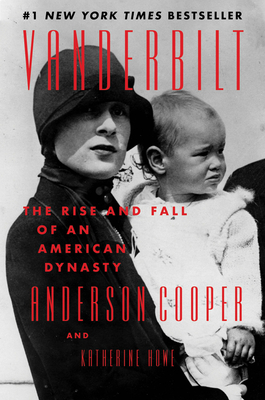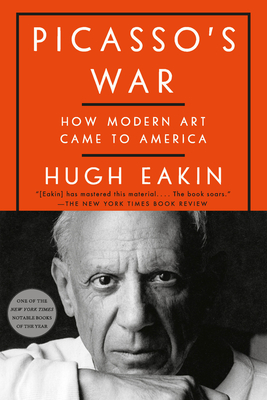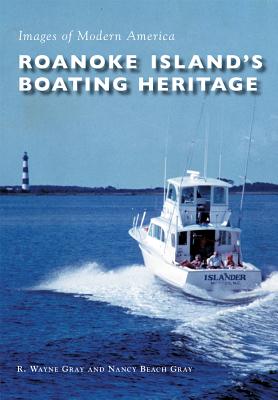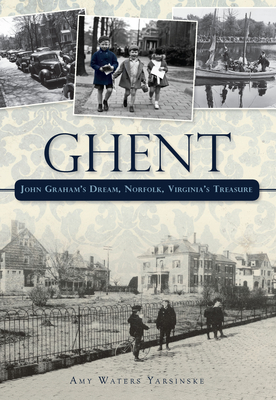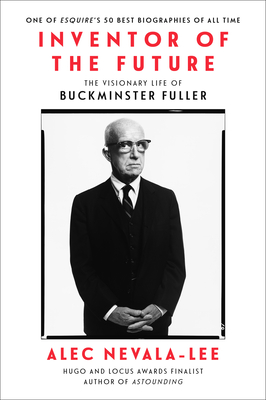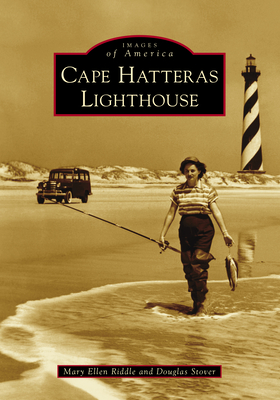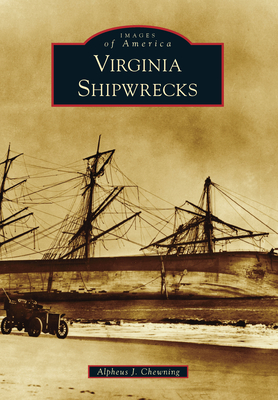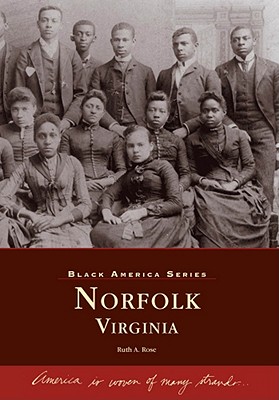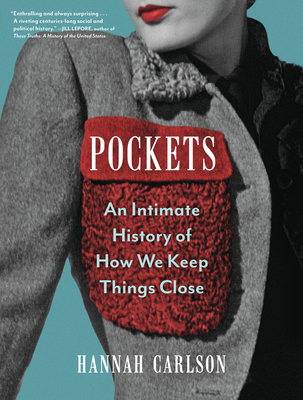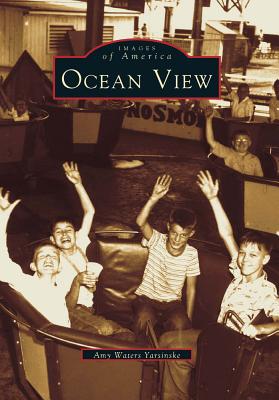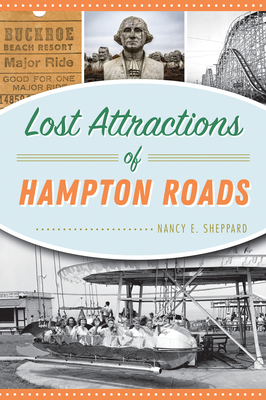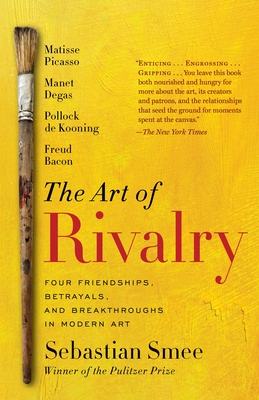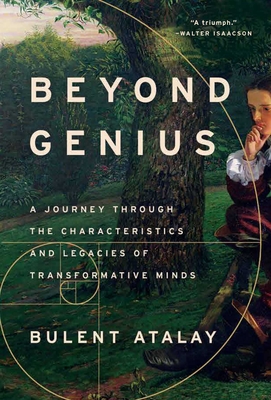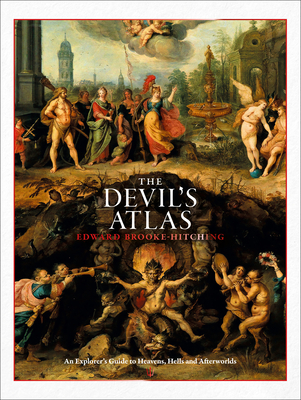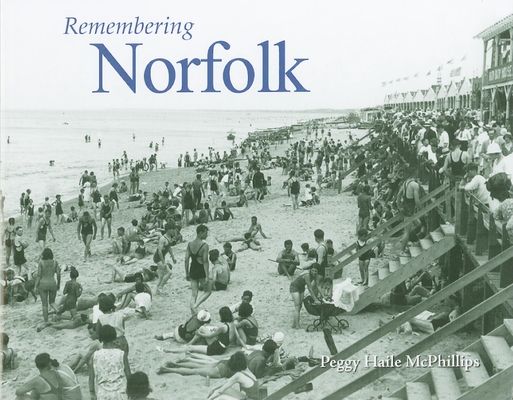Description
Early modern views of nature and the earth upended the depiction of land. Landscape emerged as a site of artistic exploration at a time when environments and ecologies were reshaped and transformed. This volume historicizes the contingency of an ever-changing elemental world, reframing and reimagining landscape as a mediating space in the interplay between the natural and the artificial, the real and the imaginary, the internal and the external. The lens of the "unruly" reveals the latent landscapes that undergirded their conception, the elemental resources that resurfaced from the bowels of the earth, the staged topographies that unsettled the boundaries between nature and technology, and the fragile ecologies that undermined the status quo of human environs. Landscape and Earth in Early Modernity: Picturing Unruly Nature argues for an art history attentive to the vicissitudes of circumstance and attributes the regrounding of representation during a transitional age to the unquiet landscape.
About the Author
Christine Göttler, Professor Emerita of Art History at the University of Bern, specializes in the art of early modern Europe. She has published widely on collecting practices, the interactions between various arts and crafts, the alchemy of color, and the changing relations between art and nature and between natural philosophical and religious traditions. Her current book project explores Peter Paul Rubens's engagement with the global world of seventeenth-century Antwerp. Mia M. Mochizuki, a scholar of Northern Renaissance and Baroque art, retired from teaching after holding professorships at New York University Institute of Fine Arts and NYU Abu Dhabi, the Graduate Theological Union and Jesuit School of Theology at Berkeley, and the University of Chicago. Her seven books include: the prize-winning Netherlandish Image after Iconoclasm (2008), Dawn of a Global Age (2017), The Nomadic Object (ed., 2018), and Jesuit Art (2022). Victoria Sancho Lobis joined Pomona College as the Sarah Rempel and Herbert S. Rempel '23 Director of the Benton Museum of Art at Pomona College in January 2020. Lobis also serves as Associate Professor in Pomona's Art History Department. She authored Rubens, Rembrandt, and Drawing in the Golden Age (2019). Karin Leonhard is Professor of Art History at Konstanz University. Her research has focused on Dutch and Flemish art, particularly theories of space, light, and color; the concept of creativity; and the interrelationship between art theory and natural philosophy. Her habilitation treated the "Bildfeld" in seventeenth-century still life painting. Romita Ray is Associate Professor of Art History at Syracuse University. She received her M.A., M.Phil., and Ph.D. degrees in art history from Yale University, and her B.A. degree in art history from Smith College. Ray is the author of Under the Banyan Tree: Relocating the Picturesque in British India (2013) and is currently writing a book about tea in colonial India. Steffen Zierholz is currently an assistant professor (wissenschaftlicher Assistent) at the Institute of Art History at the University of Tübingen. He obtained his Ph.D. in 2016 at the University of Bern and received postdoctoral fellowships from the Getty Foundation/ACLS, the Bibliotheca Hertziana, and the Kunsthistorisches Institut in Florenz. His publications include Räume der Reform: Kunst und Lebenskunst der Jesuiten in Rom, 1580-1700 (2019). Tina Asmussen is Assistant Professor of Early Modern Mining History at the Ruhr University of Bochum and Head of the Mining History Research Unit of the German Mining Museum Bochum. Editor of the Renaissance Studies issue, "Cultural and Material Worlds of Mining in Early Modern Europe," her research interests lie in geo-resources as an environmental and economic history of knowledge. Ivo Raband received his Ph.D. in Art History from the University of Bern. His dissertation on the Joyous Entries of Archduke Ernest of Austria was published in 2019. Currently, he is an assistant professor (Wissenschaftlicher Assistent) at the Institute of Art History at the University of Hamburg, where he is preparing a study on flying and floating in early modern sculpture. Michèle Seehafer received her Ph.D. in Art History from the University of Bern. In her dissertation she investigated courtly collection rooms in early modern Denmark. She recently obtained a two-year postdoctoral fellowship from the Museum of National History of Denmark and the Rijksmuseum in Amsterdam to conduct research on the cultural relationships between Denmark and the Low Countries with a focus on female collectors. Michel Weemans is Professor of Art History at the University of Paris 1 Panthéon Sorbonne. His research has focused on sixteenth-century Netherlandish painting and the hermeneutics of the Renaissance image. He has published: Le paysage extravagant (2012); Herri met de Bles. Les ruses du paysage au temps de Bruegel et d'Érasme (2013); and, with Reindert Falkenburg, Bruegel (2018). Suzanne Karr Schmidt is the Newberry Library's Curator of Rare Books and Manuscripts. A Yale University Ph.D., she curated Altered and Adorned: Using Renaissance Prints in Daily Life as the Art Institute of Chicago's Assistant Curator of Prints and Drawings, and recently published Interactive and Sculptural Printmaking in the Renaissance. Peter J. Schneemann is Chair of the Department of Modern and Contemporary Art History, University of Bern. His research interests include American art history, ecology, display, and museology. He is the principal investigator of the collaborative project "Mediating the Ecological Imperative," funded by the Swiss National Science Foundation (2021-2024).
